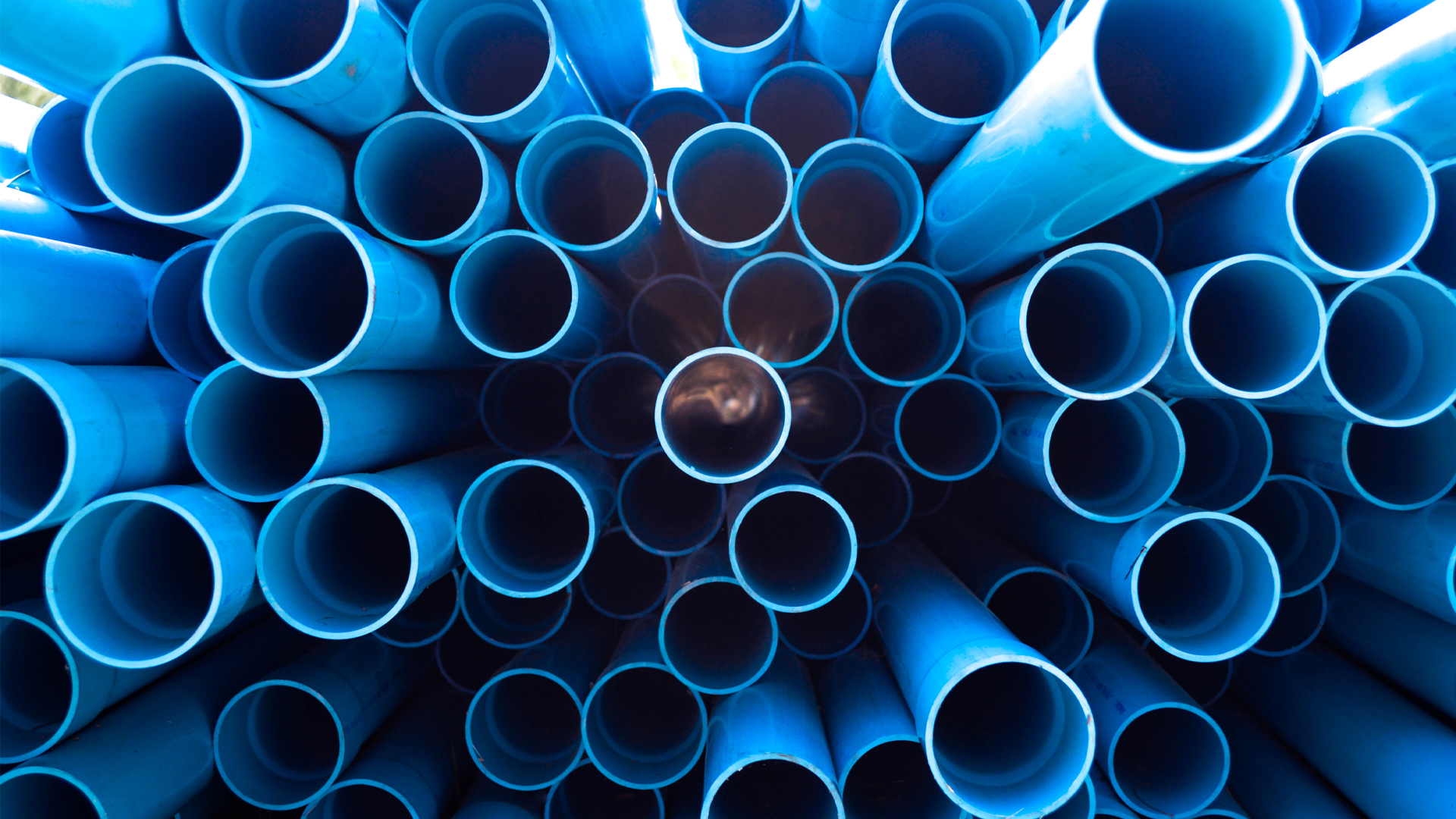
Heavy industry represents one of Canada’s biggest sources of carbon. It includes things like steel, mining and forestry and is responsible for over 10 per cent of the country’s emissions.
Public and private sectors are investing billions in technologies to decarbonize Canada’s industrial production to reach climate goals. For example, the Government of Canada is mobilizing hundreds of millions of dollars to electrify steel furnaces, while the cement industry has its own roadmap to net-zero emissions.
But while certain heavy industries have garnered the attention of funding programs and policymakers alike, the biggest polluter of the lot has not received the same attention. The chemicals and fertilizers sector – which produces many things we use every day including pharmaceuticals and food – emits almost as much carbon as steel and cement combined. And work on ensuring it meets net-zero emission goals has been minimal. A new Clean Energy Canada white paper explores ways to cut emissions from this overlooked industry.
The Canadian economy relies on the chemical and fertilizer sector. Since 2000, demand has outstripped that of other heavy industries. Orders for plastics alone have almost doubled in the last 20 years. The sector directly employs over 91,100 Canadians and supports hundreds of thousands more jobs across the economy, shipping more than $30 billion of industrial chemicals in 2022.
How Canada intends to achieve its 2030 emissions targets
Canada can’t achieve climate goals without supercharging carbon removal
Currently, 92 per cent of global GDP is now covered by some kind of net-zero commitment. In this context, the industry will need to follow suit to maintain its position as one of Canada’s economic engines. Many net-zero technologies and products are heavily reliant on chemical products (for example, batteries for electric vehicles and various plastics and polymers for wind turbine blades). As a result, the International Energy Agency forecasts substantial growth in demand for products from the chemicals sector in its Net-Zero by 2050 scenario.
Chemicals also present a pathway for oil and gas products that are not combusted (for example, for the production of blue hydrogen to manufacture ammonia for fertilizers). This supports economic growth and job creation in regions heavily reliant on fossil fuel industries as the world transitions to clean energy. However, with over 140 countries committing to net-zero emissions, the chemical and fertilizer sector must switch to a lower carbon future, too.
Some private companies and international jurisdictions are already beginning to signal their preferences for such products. For example, the European Union recently expanded its Carbon Border Adjustment Mechanism (a trade policy that would apply a carbon price to imported goods to match that of the internal market) to include both nitrogen fertilizers and hydrogen production.
Consequently, Canada should be thinking ahead to ensure the products it makes are among the cleanest in the world. But, to date, despite their potential, chemicals and fertilizers have not received significant attention from Canada’s governments.
There are a number of ways to cut the carbon from chemicals. First, in many cases, the raw materials for chemical production can be shifted from fossil fuel sources, such as natural gas and coal, to cleaner alternatives like low-carbon hydrogen. The energy efficiency of production processes and recycling rates for plastics can also be improved. Using electricity or changing fuel can also reduce carbon emissions from processing. Finally, in processes where carbon emissions are unavoidable, alternatives such as carbon capture can be used to collect and store the carbon.
Canada has an opportunity to be a key global supplier because of its low-carbon supply of electricity and strong trade partnerships. Here are steps needed to take advantage of these opportunities.
1. Develop an overarching industrial strategy for chemicals and fertilizers that takes a holistic approach to decarbonization (which has been done in the United Kingdom and other jurisdictions).
2. Focus on the largest source of emissions in the sector: industrial and agricultural chemicals (ammonia) and the upstream source material for many consumer products (ethylene).
3. Work with industry to evaluate and advance the best market opportunities for Canada in the clean chemicals sector.
This is only the beginning of this work, and further research and thinking is required. But the bottom line is that the biggest polluting sectors provide the biggest clean-economy opportunities. Canada and its robust chemical and fertilizer sector will ultimately benefit from responding to these new global realities.











